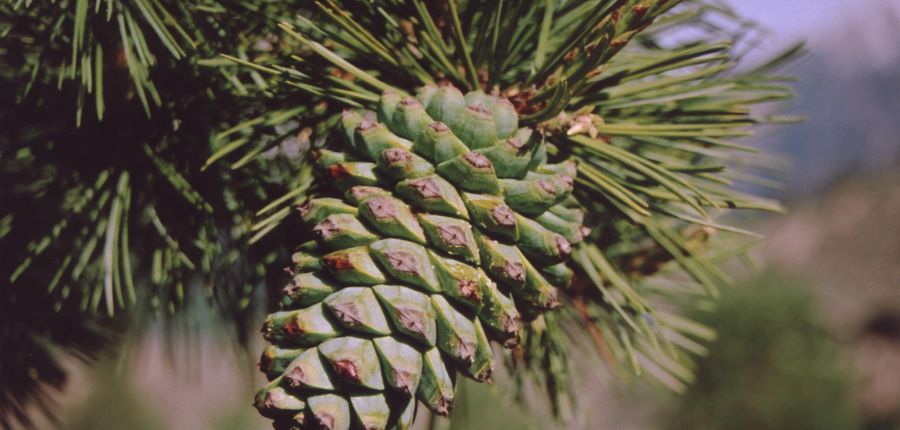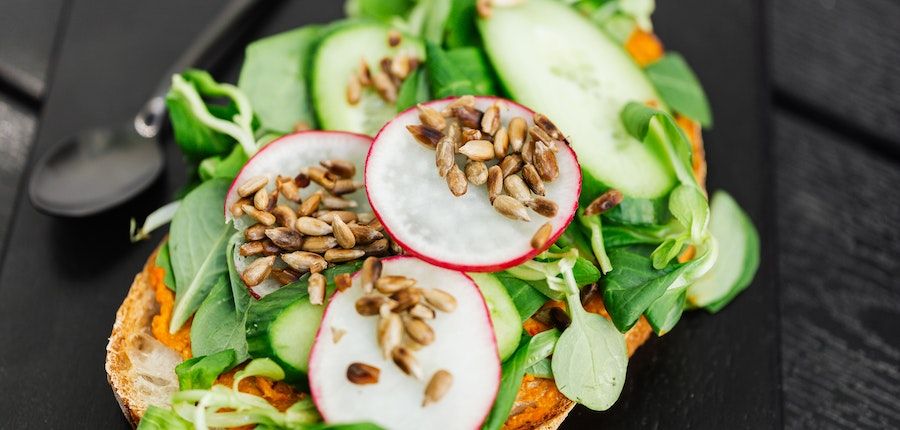Pine nut is also known as piñón, pignoli, pinoli or chilgoza. The scientific name of pine nuts is Pinus gerardiana. It’s actually a seed found in the cones of several different species of pine trees. These plants are native to the Northern Hemisphere and have been used as food items since antiquity, as well as an ingredient in traditional medicines.
What is a pine nut?
Pine nuts are the edible seeds of pine cones, and they’re actually one of the best sources of healthy fats, proteins, antioxidants and vitamins in all of nature. They’re crunchy and delicious when eaten alone, but also make an excellent addition to many other dishes, such as salads, pasta or baked goods.
Try adding them to your next meal—you’ll love their unique flavor and you’ll notice that you have more energy than usual because of pine nuts’ high levels of vitamin B1, which is essential for producing energy from carbohydrates in the body.

Pine nuts are a popular ingredient in many different cuisines, and they’re an easy way to add flavor and texture. But if you’re not sure how to use them, or what they taste like, don’t worry — we’ve got all the information you need right here!
Nutritional value of pine nuts
Pine nuts are considered a super food due to their nutritional value. They contain vitamins A, B1, B2, B3, and E; as well as minerals like copper and manganese. They also have unsaturated fats which help regulate cholesterol levels in the body while providing an essential source of fatty acids.
A one ounce serving (28g) of pine nuts provides about 188 calories. Because they are high in fat, pine nuts should be eaten sparingly by those who suffer from heart disease or high cholesterol. Same serving contains following nutrition value:
- Carbohydrates: 3.7 g
- Dietary fiber: 1 g
- Protein: 3.8 g
- Vitamin A: 8.1 IU
- Vitamin C: 0.2 mg
- Vitamin E: 2.6 mg
- Vitamin K: 15.1 mcg
- Niacin: 1.2 mg
- Folate: 9.5 mcg
- Choline: 15.6 mg
- Calcium: 4.5 mg
- Iron: 1.5 mg
- Magnesium: 70.3 mg
- Phosphorus: 161 mg
- Potassium: 167 mg
- Sodium: 0.6 mg
- Zinc: 1.8 mg
- Copper: 0.4 mg
- Manganese: 2.5 mg
- Total Omega-3 fatty acids: 31.4 mg
- Total Omega-6 fatty acids: 9410 mg
Health benefits of pine nuts
There are many benefits of pine nuts, from their rich taste to their high nutritional value. Pine nuts are a great source of Vitamin E, for example, which helps protect cells against damage. They also have the perfect omega-3 to omega-6 ratio that is essential for optimum health.
Additionally, pine nuts have been found to be an extremely beneficial food for those who suffer from autoimmune diseases like lupus and rheumatoid arthritis because they have anti-inflammatory properties.
For this reason, it is wise to include them in your diet if you know you’re at risk. And don’t forget about their culinary uses! One word: pesto.
How to incorporate pine nuts into your diet
It turns out that pine nuts are an excellent source of protein, fiber, and Vitamin E. They also provide a significant boost to the immune system and are great for cardiovascular health.
Here are some easy ways to include pine nuts into your diet:
- Add them to your breakfast cereal, salad, or yogurt.
- Sprinkle them on top of steamed vegetables before you eat them for a little extra flavor.
- Use them in place of walnuts when making homemade pesto sauce.
- Roast them in the oven at 400 degrees Fahrenheit for about 10-15 minutes (until they turn a golden brown color). Once done roasting, allow the pine nuts to cool and then transfer them into a container. Store in the refrigerator or freezer if you’re not going to use them immediately so they won’t go bad as quickly. If using them frozen, let them thaw at room temperature for about 30 minutes before cooking with them. You can roast fresh pine nuts by following these same steps except without waiting until they have cooled off from the roasting process.
- Pine nuts can be used to make pesto sauce, salad dressing, bread stuffing, granola, cereal bars and more.
How to store pine nuts?
The most important thing to remember is that they should be stored away from light and moisture. They can last up to 18 months as long as they’re stored properly.
It’s also a good idea to purchase shelled pine nuts instead of whole ones because they will last longer (up to 5 years). That said, it’s important not to store shelled nuts too long because the oils can go bad after 12 months of storage.
Conclusion
Adding just a few tablespoons of these tasty treats can help you meet your daily requirements for these important nutrients! Pine nuts are a rich source of vitamin E, manganese and copper. They also contain zinc and selenium, two essential minerals for the body. They can be found in many different dishes and are one of the healthiest nuts you can eat.
Frequently asked questions (FAQs):
1.What does a pine nut look like?
A pine nut is a small, edible seed found inside the pine cone. It is a rich source of protein and healthy fats, as well as a good source of vitamin B6 and vitamin C.
2. Where does a pine nut come from?
Pine nuts are the edible seeds of pine trees. They come in two main varieties: white and black. White pine nuts are found in Asian countries like Japan, China, and Korea, while black pine nuts are found in Europe and North America.
3. Where can i buy extra virgin siberian pine nut oil?
Extra virgin Siberian pine nut oil is a healthy addition to many dishes, as well as a healthy cooking oil in its own right. One study found that after 3 months of consuming the equivalent of one tablespoon of extra virgin Siberian pine nut oil daily, participants showed a decrease in LDL cholesterol and an increase in HDL cholesterol.
It’s important not to rely on this or any single food for our health needs, but when used as part of a balanced diet, extra virgin Siberian pine nut oil offers plenty of benefits. You can buy extra virgin siberian pine nut oil from supermarket or online!
4. How to use pine nuts?
- Remove the skin from the pine nuts.
- Rinse in water.
- Put in a pot, cover with water and boil for 10 minutes.
- Drain and rinse well.
- Pat dry with paper towels or a clean dish towel.
- Toast in an ungreased skillet over medium heat until they start to smell like Christmas!
5. Can pine nuts be eaten raw?
Yes! You can consume pine nuts raw.
6. How much pine nuts should I eat a day?
Pine nuts are a rich source of omega-3 fatty acids and antioxidants. Many experts suggests consuming two tablespoons (approx. 30 g) of pine nuts per day.
7. What nuts can you use instead of pine nuts?
The best substitutes for pine nuts may be cashews, almonds, pistachios and sunflower seeds.
